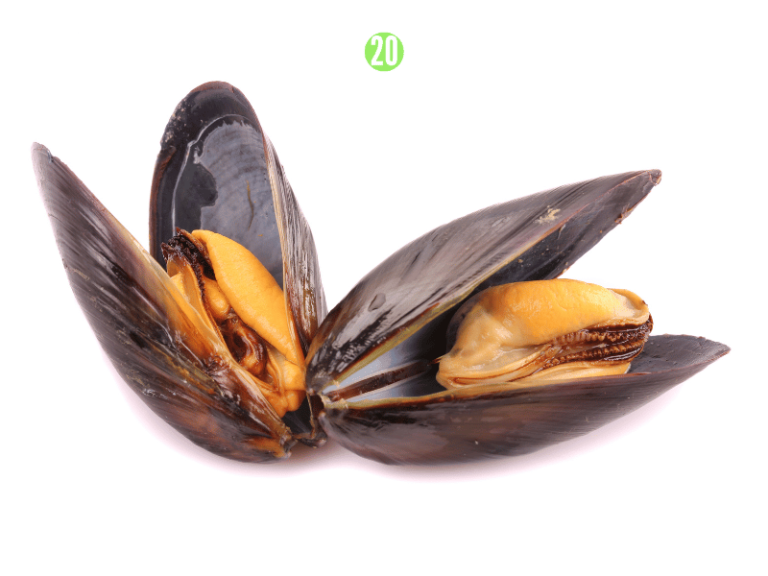For aquatic creatures like river mussels, razor clams, or clams, as soon as they are removed from water, their two hard calcareous shells tightly close, making it difficult to pry them open with hands. Even if they are kept still in a water tank, the shells only slightly open a gap between them, and people never see them open their mouths to eat. How can they eat if their shells remain closed for extended periods? Why don’t they starve?
To understand their life, a simple experiment can clarify matters. Immerse a live mussel in a clean water tank and wait a moment. You’ll see that the edges at the rear of the mussel shell slightly expose two small aligned openings, one above the other. Place some non-irritating colored substance (such as red or blue ink) near these openings. Soon, the colored liquid will flow into the shell through one opening, called the inhalant siphon, and then out of the shell through the other opening, called the exhalant siphon.
This way, water from the tank continuously flows into the mussel shell through the inhalant siphon. Any food particles in the water (such as tiny plankton, protozoa, or organic debris) are selectively taken into the body through the inhalant siphon, filtered through the mouth, swallowed, digested and absorbed in the stomach and intestines, and then the residues are expelled through the anus, carried out of the exhalant siphon back into the water. Therefore, this water flow serves as both a supply route for nutrients and a conduit for waste removal for the mussel, as well as a vital transport system for respiration, excretion, and reproduction.
Thus, although the mussel shell remains closed for long periods, the inhalant and exhalant siphons maintain a close connection between the inside and outside of the body, forming an uninterrupted water circulation, which prevents starvation or suffocation due to lack of oxygen. According to some estimates, the amount of water flowing through a mussel’s body each day can reach up to 40 liters. Even if a live mussel is temporarily removed from water and the water supply is cut off, it can survive for several weeks without dying due to the large amount of water and nutrients stored in its shell.
So, how is the water flow in mussels created? Just observe carefully, and you’ll notice that various parts of the mussel’s body (such as the gills, palp, mantle, etc.) are covered with numerous short and densely packed cilia. These cilia constantly beat around, stirring the water like oars rowing, creating directional water flow. Food naturally comes along with the water, and the mussel selects and consumes it. This way, it doesn’t need to venture far for food but can comfortably bury itself and grow larger on the bottom of the water.

